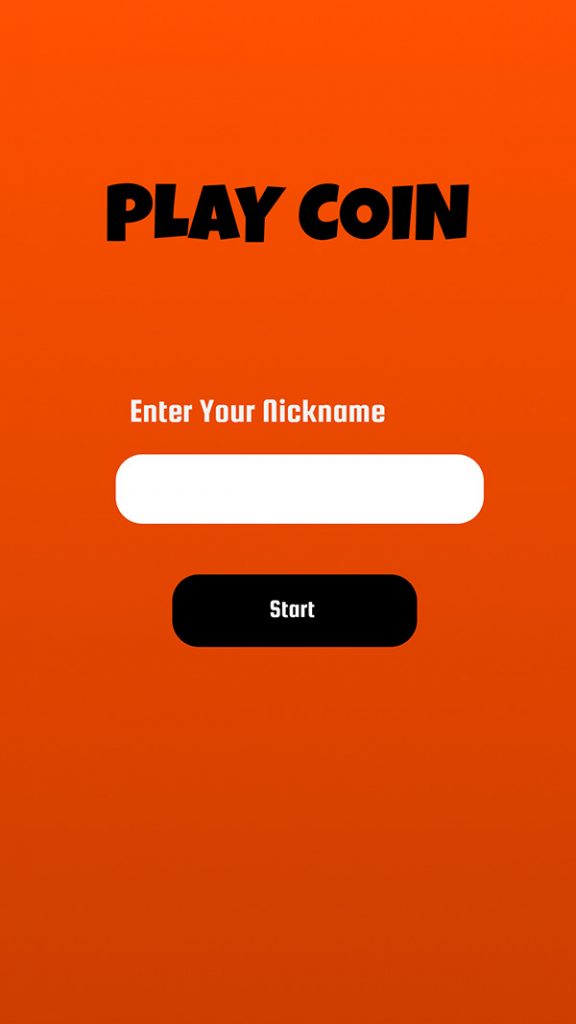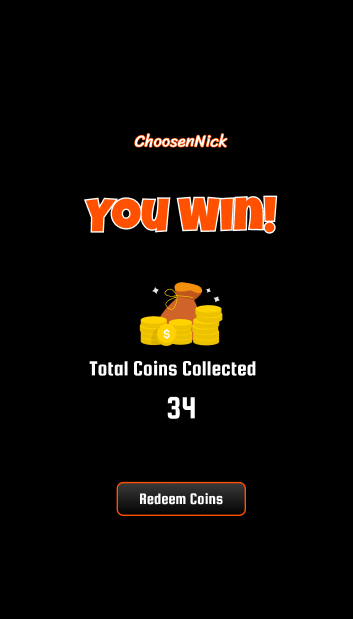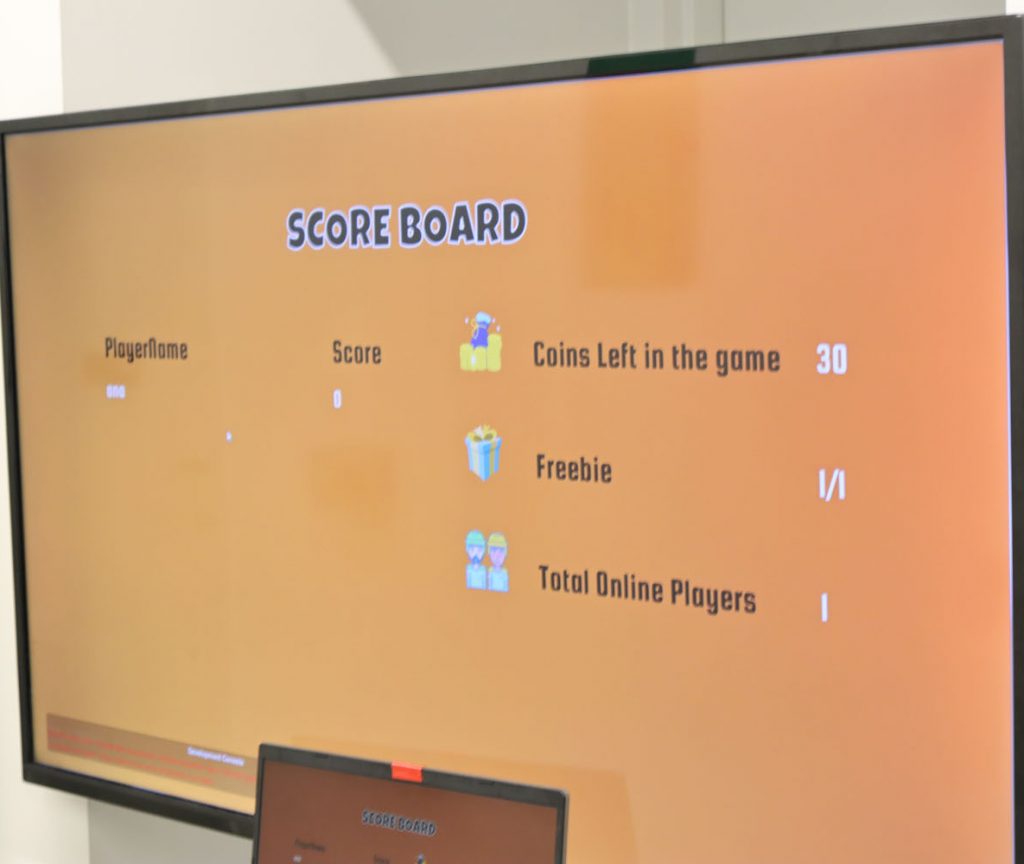Narrative
The game provides digital coins as an incentive to roam in the store and spend more time in the store. This game uses score board to increase curiosity in potential players to enquire about the game and engage in it. The multiplayer aspect of the game add the element of competition and increases the value of the incentive, motivating them to collect more coins. It then nudges players towards final purchase by luring them with the option to redeem the digital coins for their in store purchases.






